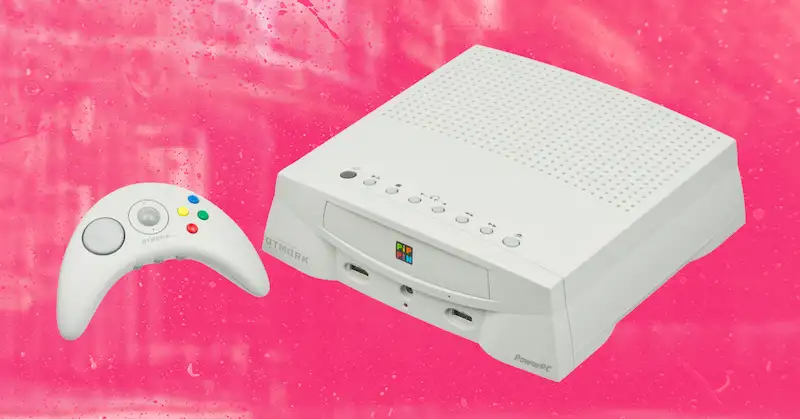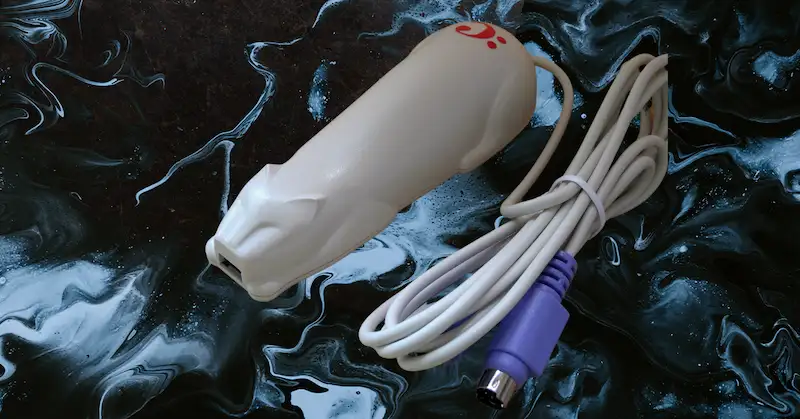Sometimes an idea is bad, sometimes it’s just too soon.

Founded in 1998 by Swedes Ernst Malmsten and Kajsa Leander — who’d sold their online book retailer, Bokus.com, for a reported eight figures — Boo.com was meant to be an online retailer for chic fashion from top designers, per The New York Times.
Today, Boo.com would be a hit. But in the late ‘90s, it did way too much way too fast, becoming one of the most notorious failures of the dot-com era.
Meet Miss Boo
Boo.com was ambitious, selling to customers across seven languages and 18 currencies.
The JavaScript- and Flash-heavy site featured a “Miss Boo,” a virtual avatar who’d offer customers shopping tips, and allowed customers to view outfits on 3D models.
Boo.com drummed up several investors, including LVMH CEO Bernard Arnault, and was touted as the next Amazon.
What went wrong?
While the website’s bells and whistles are common among today’s fashion retailers, Boo.com quickly ran into issues.
The website was delayed by six months, and when it finally launched in November 1999, customers found it nearly unusable:
- Only ~25% of attempted purchases went through.
- It didn’t work on Macintosh computers.
- It was extremely slow — this was back when most people had dial-up internet — and complicated to use.
Meanwhile…
… Boo’s founders spent lavishly on lunches with fashion editors, promo items, and their own salaries and personal expenses. Staff had exploded from 40 employees to 400, and a single London office expanded to NYC and locations across Europe.
Boo had also dropped $25m on advertising before the site even launched, and yet polling found that only 13.2% of internet users were aware Boo.com existed, per The Guardian.
And then?
Well, that was it. Boo ate up $135m in just 18 months and failed to raise more as the dot-com bubble burst. It liquidated in May 2000, selling what remained to two companies for less than $2m.
Fashionmall.com briefly resurrected the site, but today, there’s nothing there. It is — perhaps appropriate for its name — just a ghost.




